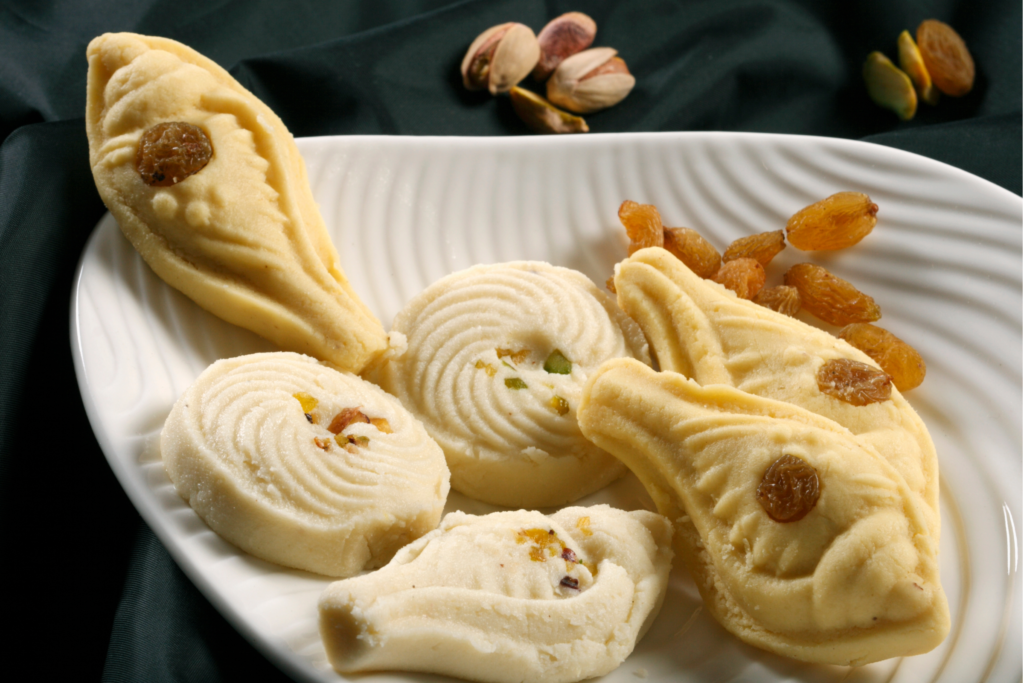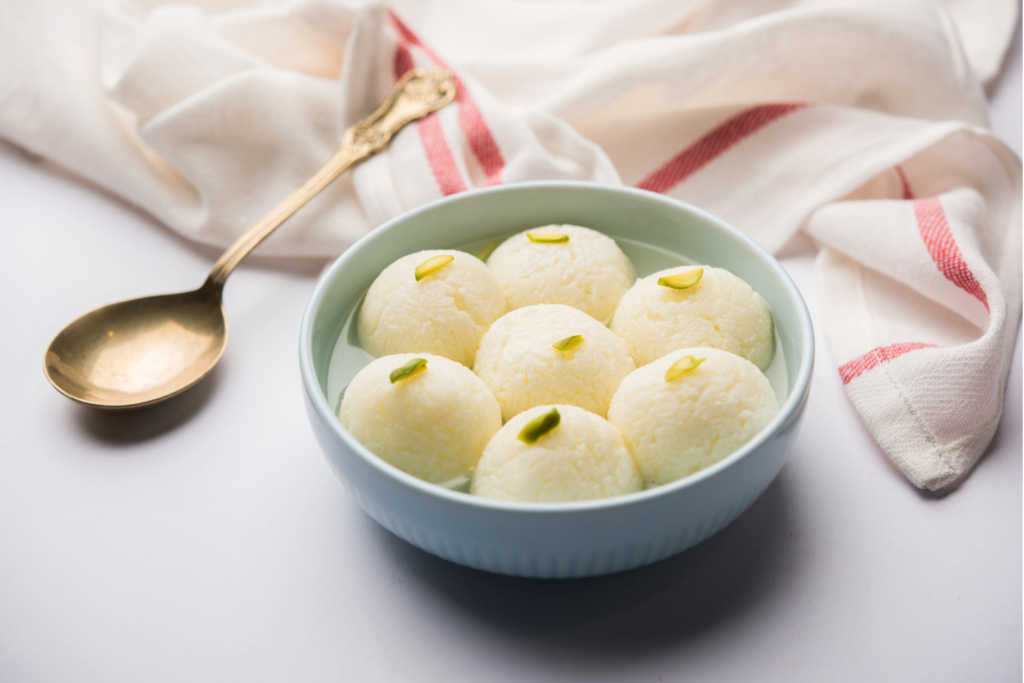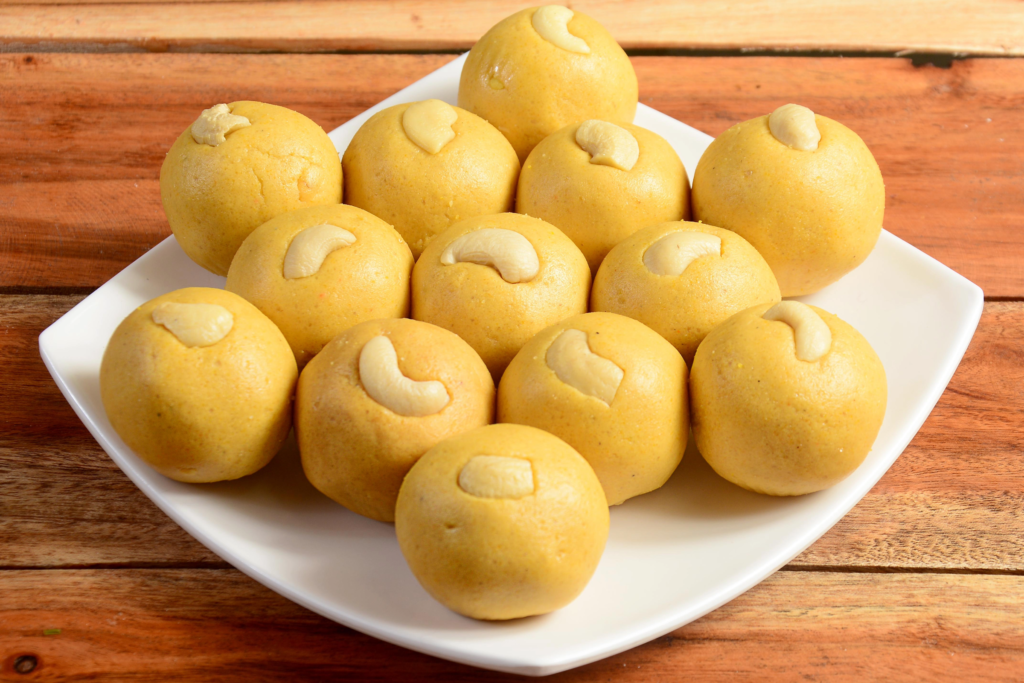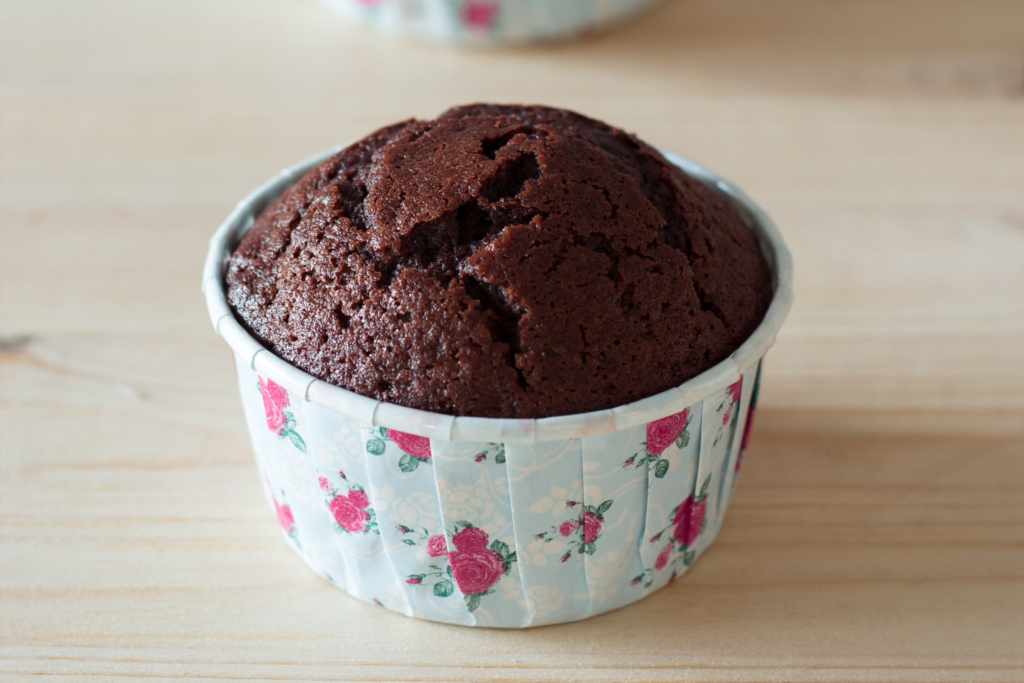Introduction:
Step into the enchanting world of Indian sweets, where tradition blends seamlessly with sweetness. Today, we’re immersing ourselves in the flavors and heritage of Puran Poli, a cherished Indian delicacy that has delighted generations. In this user-friendly guide, we’ll unveil the secrets of crafting Puran Poli in your own kitchen—a delectable treat that’s not just a dessert but a cultural experience.
Why Puran Poli?
Before we dive into the intricacies of creating the perfect Puran Poli, let’s take a moment to appreciate why this sweet holds a special place in Indian cuisine. Puran Poli is a harmonious blend of flavors and textures. It consists of a sweet, nutty filling made from chana dal (split chickpea lentils) and jaggery, encased in a thin, soft, and subtly sweet wheat flatbread.
Puran Poli isn’t just about taste; it’s about celebrating moments of togetherness and festivity. It’s an integral part of Indian festivals and special occasions, symbolizing the joy of sharing and spreading sweetness.
What sets Puran Poli apart is its cultural significance. It represents the diversity of Indian cuisine, with regional variations that add a unique twist to this beloved dessert. Whether it’s called Holige, Obbattu, or Puran Poli, the essence remains the same—pure delight.
What Sets Our Recipe Apart?
You might be wondering, “Why make Puran Poli at home when it’s available in sweet shops?” The answer is simple: homemade Puran Poli allows you to savor the authentic taste, adjust sweetness to your liking, and relish a fresh, preservative-free dessert made with love.
Our user-friendly Puran Poli recipe ensures that you can effortlessly recreate this delightful sweet in your kitchen. We’ll guide you through each step, share tips for achieving the perfect texture, and provide insights to ensure your Puran Poli turns out as soft, sweet, and delightful as it should be.
Join Us in the Kitchen
Throughout this guide, we’ll provide easy-to-follow, step-by-step instructions to make your Puran Poli-making experience enjoyable. Whether you’re an experienced cook or new to the world of Indian sweets, our recipe is designed to ensure that crafting the perfect Puran Poli becomes a cherished tradition in your home.
So, gather your ingredients, prepare your rolling pin, and let’s embark on a sweet journey that will connect you with the rich tapestry of Indian culture. Let’s create Puran Poli that’s not just a dessert; it’s a celebration of traditions, a symbol of love, and a treat that will leave you craving for more.









